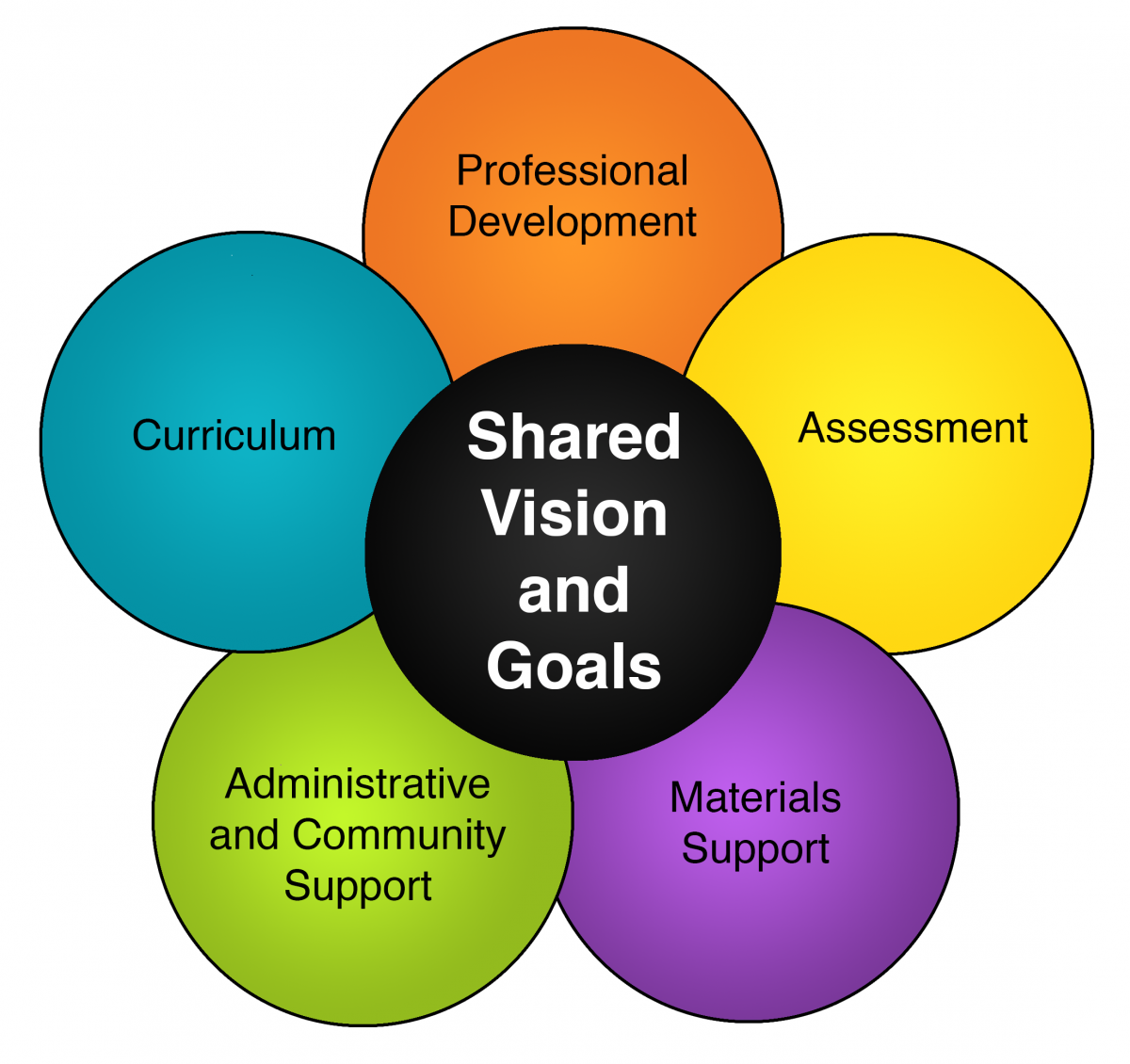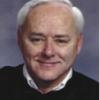Supporting Teachers Through Formative Assessment: A Laser Alum Reflects
As a member of Rhode Island's first team to participate in a National Science Resources Center (now the Smithsonian Science Education Center) Strategic Planning Institute (SPI), I was among a fortunate group of individuals. Through sheer timing and positioning we received a 5-year NSF grant to bring together all of the elements of the SSEC's LASER model. Evidence of our success is a present-day, robust K-8 science program that has sustained itself for 24 years and counting.

Leaders at the SPI taught us to address the five elements of the LASER model together-just like the pillars of a building that support it. When one of them is missing, it renders the structure unstable. Therefore, we pursued plans for community and administrative support, material resources, standards-based science curriculum, and professional development (PD). We could check these things off our to-do list. We had our materials resource center filled with exemplary science curriculum materials and supported by the districts we served. We had an adequate professional development program too.
The fifth pillar-Assessment-seemed far more elusive, given that the teachers we were working with were only gradually coming around to the adoption of our plan. At the SPI, we learned that in order for a new program to succeed, it is critical to address the concerns of the people charged with implementing it. To that end, our PD focused on orientation to the new program. Teachers would undergo a period of mechanical use ultimately leading to routine use of the materials where they get comfortable using the materials with few changes from year to year. Not being one who is satisfied with mechanical or even routine use, I sought to move beyond these levels to even greater heights. Doing so proved difficult. We wanted teachers to refine the use of the materials through practices such as formative assessment where teachers could modify their instruction based on specific information they gather from students. My answer to moving past basic routine usage came when a staff member of the institute, Wendy, recommended that I read Inside the Black Box (Wiliam and Black, 1998). This research report on formative assessment invites the reader to think of a typical classroom as a scientific "black box." To paraphrase, no one outside the black box has any idea what goes on inside the black box--no one. That includes me and probably everyone who is reading this. The best we can do is to send in probes and wait to see what comes out, much as scientists did when formulating the model of the atom. When I read the paper, it transformed my thinking about my work with teachers. Only the teacher really knows what goes on when the doors are closed.
I came to realize that at the foundation of all the systemic components of our educational system, learning is what happens inside the black box in the interaction between teacher and student. More of our efforts should focus directly on improving that interaction. Wiliam points out that changing teacher practice leads to the greatest reward in terms of return on investment, which is student achievement. If forces outside this black box, such as state department regulations, high-stakes testing, the changing nature of national science standards, etc., don't at least address what goes on inside the black box and provide teachers with tools to improve and grow that interaction, then those efforts are truly to no avail. The old adage "You can't make the pig grow through constant measurement" stands. I've come to believe as Wiliam states that "formative assessment is at the heart of effective teaching." So my most recent passion (I have several, including science as a practice, working with kids, doing engineering, not to mention fly-fishing) has been to work toward changing the ways teachers interact with students, in a most fundamental way, using the principles of formative assessment. To know where students are, where you want them to be, and how to get them there is something that sounds so easy to do. The problem is that teachers' daily routines are so dominated by demanding schedules that they don't have much breathing space to provide every student with feedback that ensures a quality science experience. I've seen far too many local or state initiatives fail because they didn't attend to what teachers need most to do their best work. So my driving force has been focusing on teacher needs and how I can support their growth towards the refinement of their practice through effective formative assessment.
We had great learning experiences at the SPI such as the Change Game. The focus of this research-based change simulation is "StuBens," or student benefits. Without those in large numbers, all the other components are programmatic "spinning of wheels"-a lot of activity that gives us very little in return.
For me, it's back to the trenches, so to speak, in the classroom. Where science is celebrated for the joy that it is. Tonight a squid dissection; tomorrow it's Alka-Seltzer rockets. I'll always remember a thought shared by one of my earliest and most special mentors-Susan Sprague of Mesa, Arizona-when she said "we do these things because they give us the kind of feelings we thought we would have when we first thought of becoming a teacher." Thanks to Susan, and all the wonderful educators I have met along the way.
